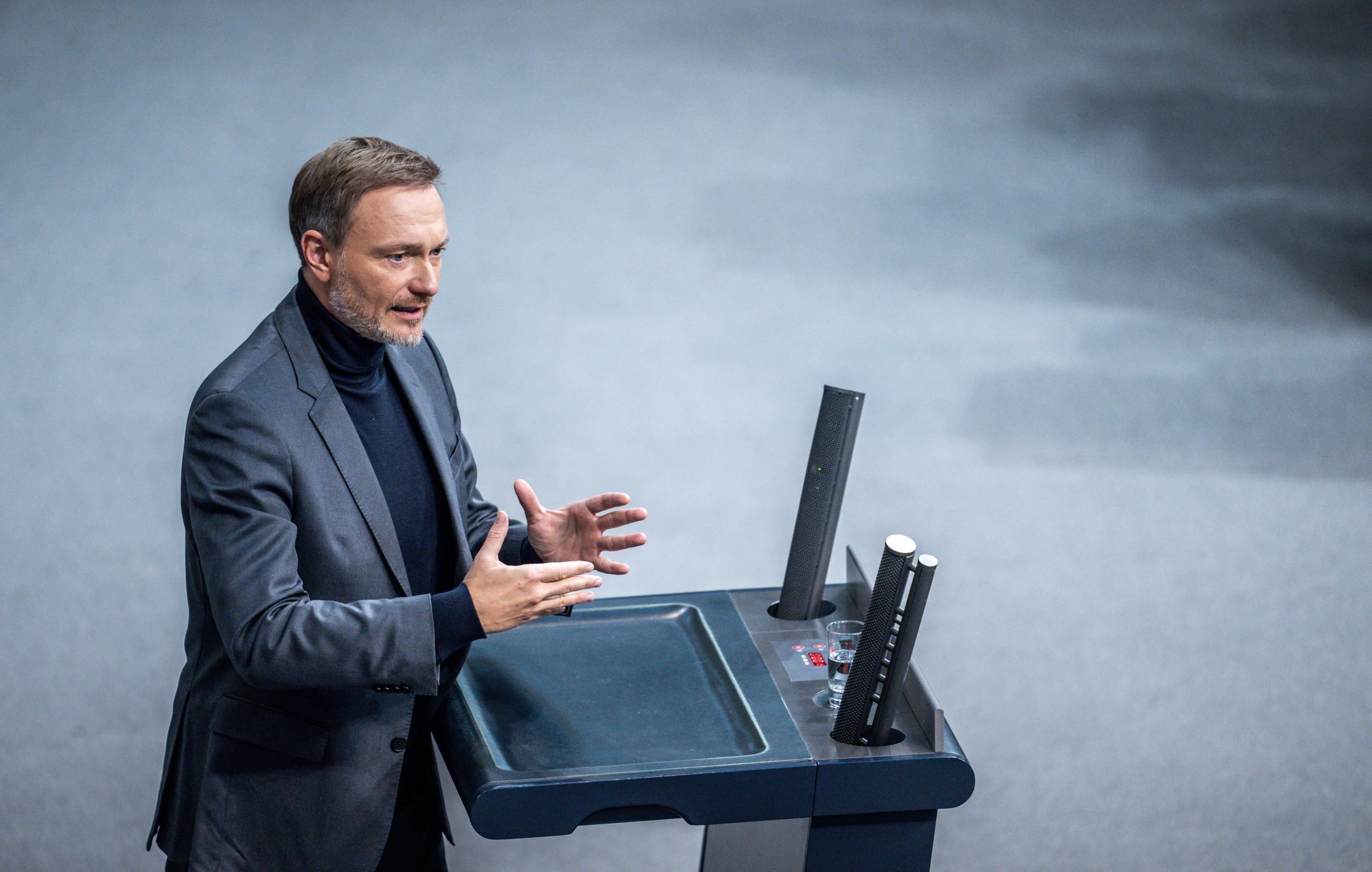Only weeks after German President Joachim Gauck’s well-received speech on a new German role in international affairs, delivered at the 50th Munich Security Conference, Berlin finds itself caught in a dilemma.
It has to choose between new-found ambitions and traditional orientations, between upholding Western principles on statehood and legal norms and the return of power politics in its relations with Russia.
The decision to stand behind the West’s rejection of Russia’s grip on Ukraine was clear, but, at the same time, Berlin’s foreign policy actors were keen to maintain at least some room for dialogue with Russia, following German foreign policy’s decades-old rationale in seeking to moderate and influence Russian decisions through continued exchange.
Many politicians and pundits have confused this approach with former chancellor Willy Brandt’s Ostpolitik, which aimed at defusing the Cold War and easing the division of Germany through a gradual process of approximation.
Indeed, the policy of seeking dialogue goes back to the first West German Chancellor, Konrad Adenauer, who at the height of the Cold War sought to put Germany on speaking terms with Moscow.
The current dilemma, however, goes further than this.
Ever since the collapse of the Soviet Union, German foreign policy makers have maintained a consistent approach to Russia as a political partner.
This approach has centred around the offer of enhanced economic partnership and the pretence that Russia would eventually follow the transformation process of East and Central Europe, even if it would require more time and take several detours on the way.
It appears that this approach no longer has any basis in the reality of Russian politics.
In light of this fact, it would follow that German foreign policy would still seek to engage with Russia, but on the basis of power politics.
Berlin’s aim would be to prevent deeper hostility and confrontation. For this reason, the German government has lobbied for a “contact group” approach on Ukraine as a means to allow Russia some say on internal Ukrainian affairs as part of an “internationalization” of the power struggle in Kiev.
And Berlin has worked for a phased approach to sanctions, trying to keep open the option of talks with Moscow.
Business alert
Following the annexation of Crimea, Germany will go along with the next phase of economic sanctions, emphasizing cooperation with Russia on military affairs and new rules for business deals.
In the immediate future, this could affect German company Wintershall’s sale of gas storage capacities to Russian investors.
German business is on the alert. German firms have invested some €20 billion in the Russian Federation, which could become target of Russian retaliation if and when European Union sanctions move to larger-scale asset freezing.
On the other hand, Angela Merkel will be extremely reluctant to extend European sanctions to the energy sector.
Up to now, there has been an implicit German-Russian understanding not to use the energy relationship as a tool in times of political conflict, dating back to the days of the Soviet invasion of Afghanistan in the winter of 1979/80.
Seen from Berlin, the EU’s Eastern Partnership policy has failed to stabilize the statehood and Western orientation of the former Soviet republics.
While the German government supports giving short-term aid and political support to Kiev, it has doubts as to whether the association instrument will now serve to help a new Ukrainian government to prevail.
Berlin is even more dubious as to whether the extension of the association offer into a pledge for accession would serve the European interest.
The renewed debate about Germany’s new foreign policy has now been grounded in some sober realism. But it may have even emerged the stronger for it.
This article originally appeared on the European Council on Foreign Relations website.






 Please whitelist us to continue reading.
Please whitelist us to continue reading.
Member comments